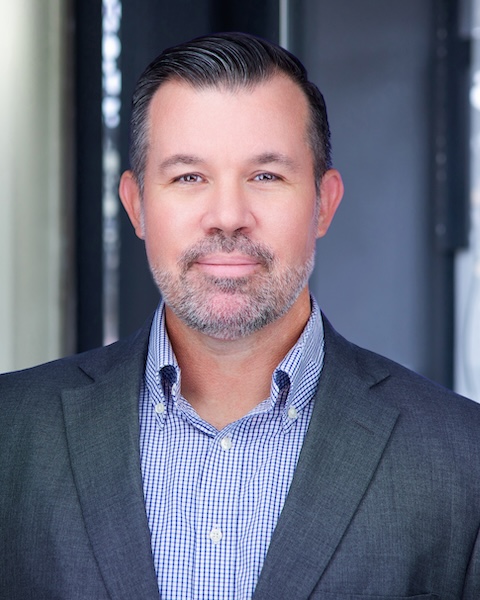Financial Statement Services that Go Beyond the Numbers
When you need an independent evaluation of your financial statements for lenders or investors, Maxwell Locke & Ritter’s focus on efficiency and responsiveness and our commitment to meeting your deadline provide value beyond the financial statements.
Support for Your Business Journey
With clients ranging from family-owned businesses and pre-revenue startups to large international operations, ML&R’s auditing services scale with your business. Our financial statement services provide you with a broad view of your organization, giving you insights to help solve complex business challenges and achieve your goals. If your company’s exit plan includes a future acquisition, rest assured that we have assisted many of our clients through significant liquidity events.
Contact UsInsights Beyond the Audit Report
Our forward-thinking, tech-enabled approach is delivered by an experienced team with minimal disruption to your operations. As your strategic partner with deep industry-specific knowledge and experience, ML&R provides efficient financial statement services and a critical analysis of your operations and system of internal controls. We understand the nuances of your business and will work to proactively help you achieve your goals.

Financial Statement Services
- Financial Statement Audits
- Financial Statement Reviews
- Examinations
- Agreed-Upon Procedures
- Financial Statement Compilations and Preparations
- Benefit Plan ERISA Section 103(a)(3)(C) Audits
- GAAP Advisory Services
Proactive Advice in Real Time
Your financial statement audit or review happens once a year, but you are our client year-round. Our team is here to support you in real time, providing advice and answering your questions as you navigate challenges throughout the year. We work together with our clients to provide practical, timely solutions when they need them most.
Experience and Continuity You Can Trust
Under our experienced-hire model, we do not hire recent college graduates. Our associates have a minimum of 3 years and an average of 7 years of audit experience. Our knowledgeable teams hit the ground running and complete your audit efficiently, allowing you to focus on running your business. And Maxwell Locke & Ritter’s people-first culture results in low turnover, allowing our clients to work with consistent audit team members each year. This team continuity provides you with the knowledgeable advice that comes from understanding your business and your goals.




















